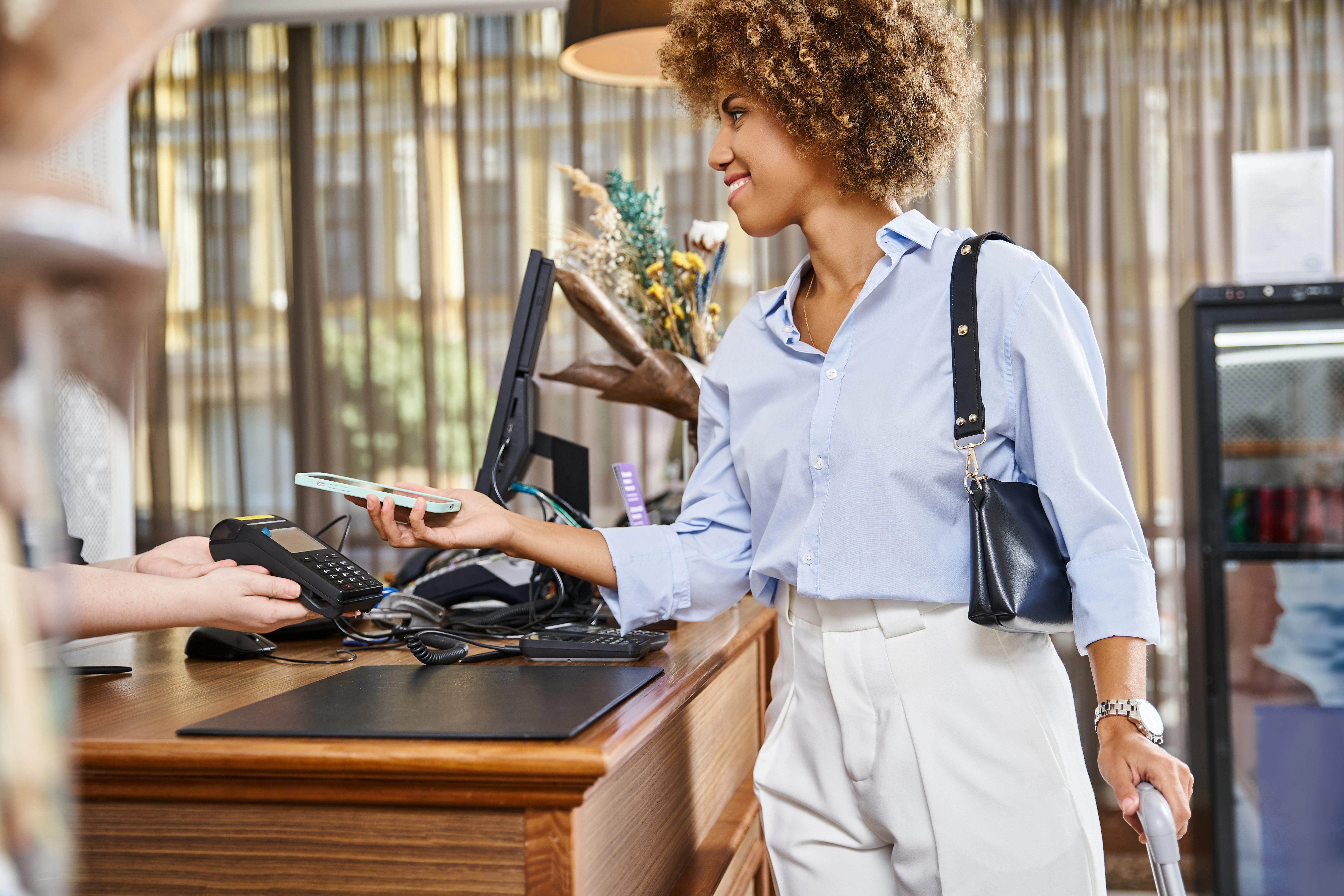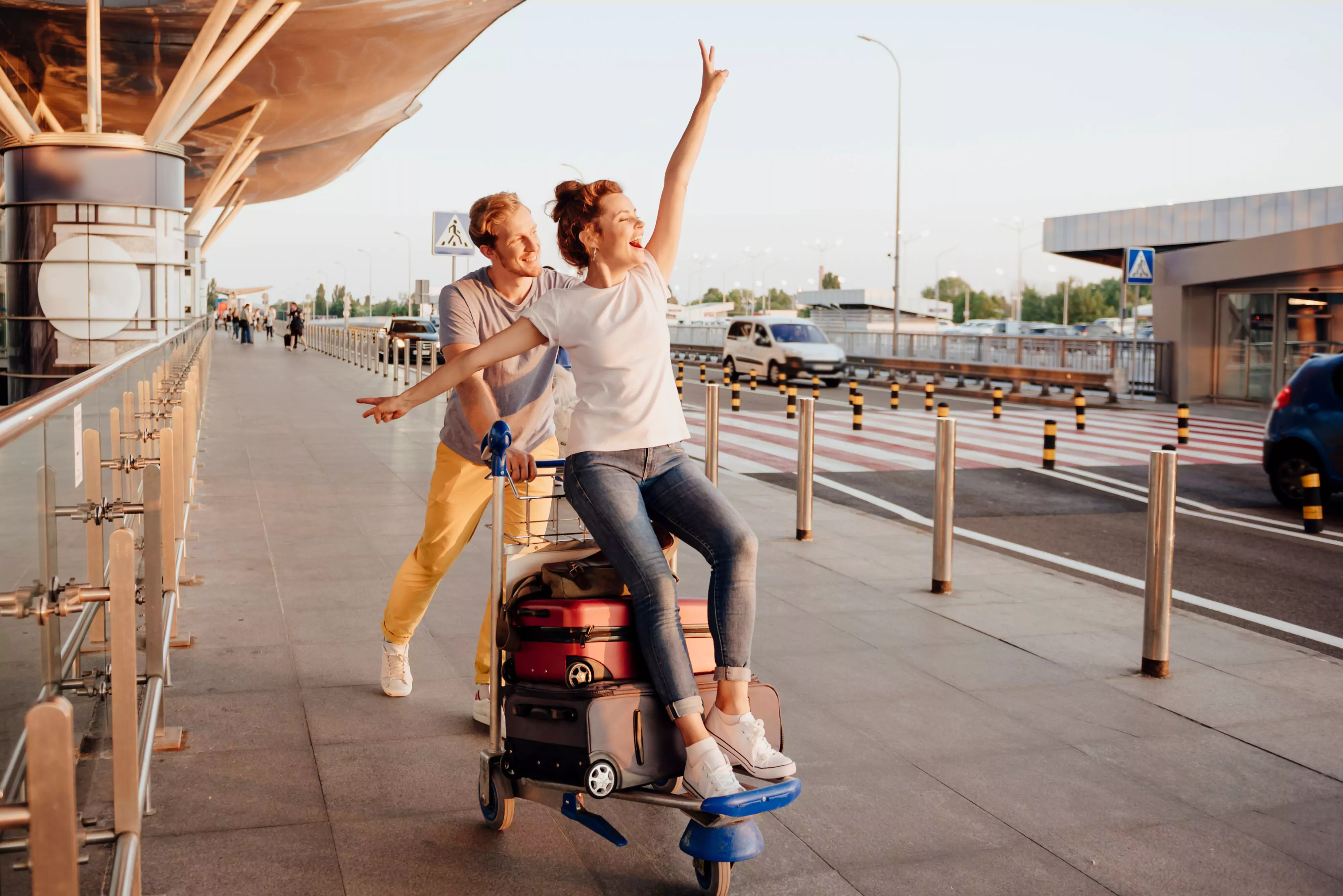Travel insights this year have painted a positive picture for hotels, with some setting booking records. Summer travel is also surging despite the cost-of-living crisis. But we aren’t out of the woods yet. Hoteliers continue to face lingering impacts of the COVID-19 pandemic, such as reduced marketing budgets and labor shortages.
Hotels that prioritize direct bookings are making the most of their limited resources and maximizing their returns. In today’s competitive landscape, taking this approach could be the difference between capitalizing on the surging travel demand, and losing direct bookings on your website.
Here’s how you can supercharge your efforts, and use direct bookings not only to personalize and improve the customer experience, but to maximize your bottom line. There’s still time to make 2023 the most successful direct booking year yet.
Leverage Travel Intent Data to Combat OTAs
During the COVID-19 pandemic, there was a newfound appreciation for direct bookings, as travelers preferred to go directly to the hotel for information on hygienic practices and cancellation policies.
With international travel returning, we see OTA share growing. OTAs are very present in the digital landscape because of their large marketing spend. They’ve spent years developing loyalty programs, with millions of members. Prioritizing your direct booking channel to combat the efforts of the OTAs takes a concerted effort. But how can you find and influence travelers along their path to purchase to drive direct bookings?
Leveraging travel intent data is key to targeting those most likely to be interested in your hotel. For example, if your property is located in Miami, you don’t want to spend your marketing dollars targeting people who are looking for a holiday to London or Paris. With Sojern, we are able to see a holistic view of who is in market for travel, so our customers can reach their most valuable prospective guests.
Activate First-Party Data to Create Personalized Experiences
Third-party cookies historically played an important role in determining travel intent through tracking website visitors, collecting data, ad serving, retargeting, and cross-site tracking. In 2024, Google will no longer allow advertisers to identify and target travelers across the web with third-party cookies from Chrome. Safari and Firefox are already blocking third-party cookies, but Google Chrome counts for 64% of global internet visitors. Preparing your hotel for the cookieless world starts with a first-party data program.
A first-party data program gives you the tools and framework to not only collect first-party data, but to organize it safely and securely. This data includes loyalty program information, booking details, and observational data about guest interactions. It’s everything you use today to deliver a personalized experience onsite.
The next step is to enrich your customer profiles with a Customer Relationship Management (CRM) platform. A CRM enables a single-view of past guests. You need to collect this information, consolidate the data, and make sense of what you learn so you can market new, tailored experiences to your past guests but also enrich your customer profiles to find new guests. Collecting first-party data will help you create a clearer picture of who your current or potential future guests are with a mix of online and offline information, and enable you to reach them with messages that resonate.
Focus on All Stages of the Purchase Funnel
While you want to prioritize direct bookings, you don’t want to lose sight of the entire purchase funnel. Your longer-term objective should be to create activity in all stages, so that direct bookings come easily over time. The larger pool of customers you engage with higher up in the funnel, the more conversions you will generate, leading to a lift in return on investment (ROI) in your lower funnel. In fact, McKinsey shares that activating a full funnel marketing strategy could drive a 15 to 20% uplift in overall conversion rates.
Different tactics and channels are better suited to different stages of the traveler path to purchase. For the upper funnel, the dream and discovery phase, you want to drive new potential guests to enter your pipeline through brand awareness initiatives. Inspiring videos on social media, or non-branded keyword bidding can help you reach new travelers who are looking around, but don’t know where to stay in their destination of choice.
Further along in the path to purchase, in the mid to lower planning and booking phase, you can reach a much larger pool of active customers to influence and focus on driving to your website for that direct booking. Make sure to retarget those customers and you stay top of mind while they are about to book. This can be through retargeting, branded SEM, and having a metasearch presence if they have already visited your website and are looking for the best deal.
Looking to kickstart your own direct booking efforts? We are here to help! Talk to one of our hotel marketing experts now.





